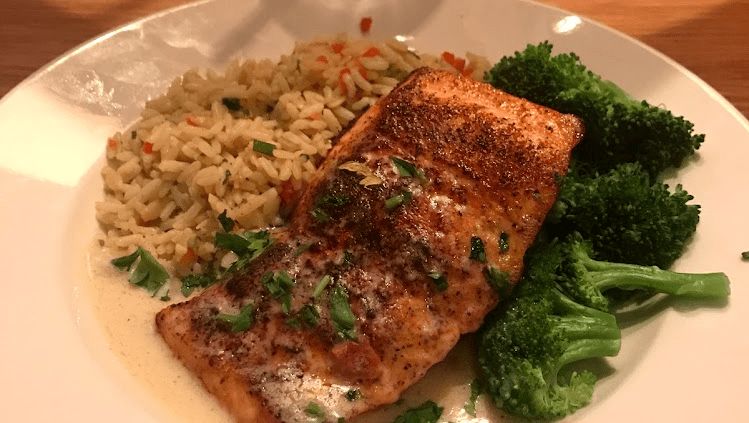Cannabis cooking has come a long way from brownies wrapped in foil. Today, chefs and adventurous home cooks are exploring how THC- and CBD-infused oils, butters, and sauces can elevate classic dishes—including seafood. With its delicate textures, natural richness, and coastal charm, seafood offers an ideal canvas for a subtle, flavorful cannabis infusion when handled with care.
Why Cannabis and Seafood Pair So Naturally
The key to good cannabis cooking is fat. Cannabinoids bind to fats like butter, olive oil, and coconut oil—all staples in seafood preparation. Garlic butter shrimp, pan-seared scallops, grilled salmon, and lobster drizzled with warm butter all offer natural places to incorporate a cannabis infusion.
For most cooks, the best approach is using infused fats as a finishing element, not the main cooking medium. A spoonful of cannabis lemon butter on top of grilled mahi-mahi or an infused herb aioli beside crab cakes lets you add flavor while keeping the dose controlled and consistent.
Another advantage is terpene harmony. Citrus-forward strains complement lemony seafood dishes, while herbal or piney profiles can enhance grilled fish or cedar-planked salmon.
Mindful Dosing Matters Most
Seafood is often served family-style—big bowls of shrimp, shared plates of clams, or flaky fillets split among friends. That makes dosing especially important.
Experts often recommend newcomers start with 1–5 mg THC per serving, increasing only if they understand their tolerance. Because edibles take longer to take effect—often 30 minutes to two hours—it’s easy to overconsume if the meal is too strong or guests keep going back for seconds.
Smart ways to manage dosage include:
- Pre-measuring infused sauces and butters
- Offering non-infused versions alongside infused ones
- Informing guests of approximate milligrams per serving
- Encouraging slow, mindful consumption
A cannabis-infused seafood dinner should be enjoyable, not overwhelming—and the key is keeping potency low and predictable.
Safety and Legal Notes
Cannabis-infused seafood follows the same food-safety rules as any other seafood dish: keep it cold, cook properly, and don’t let it sit out for long periods. The presence of cannabis doesn’t extend shelf life or protect against spoilage.
Where things get complicated is legality. In the U.S., CBD still lacks federal approval for use in most foods, and THC-infused food can only be produced by licensed businesses in regulated markets. Home cooks can make infused meals for personal use in legal states, but selling cannabis-infused seafood—or serving it at public events—is heavily restricted.
At home, protect guests and others by:
- Clearly labeling infused sauces or dishes
- Keeping infused oils away from children and pets
- Storing all cannabis ingredients securely
Simple Infused Seafood Ideas for Home Cooks
For those in legal markets who want to explore cannabis in the kitchen, seafood offers endless possibilities without requiring advanced culinary technique. Easy starter ideas include:
- Cannabis garlic-butter shrimp over rice or pasta
- Grilled fish tacos topped with infused lime crema
- Crab cakes finished with a small dollop of infused remoulade
- Pan-seared scallops brushed lightly with cannabis olive oil
Keeping flavors light ensures the seafood remains the star while the infusion adds a gentle, relaxing twist.
Cannabis-infused seafood is ultimately about balance—celebrating coastal flavors, exploring herbal notes, and keeping dosage and safety front of mind. Whether you’re cooking for yourself or a small group of trusted friends, a thoughtful approach can make these dishes both memorable and enjoyable.







